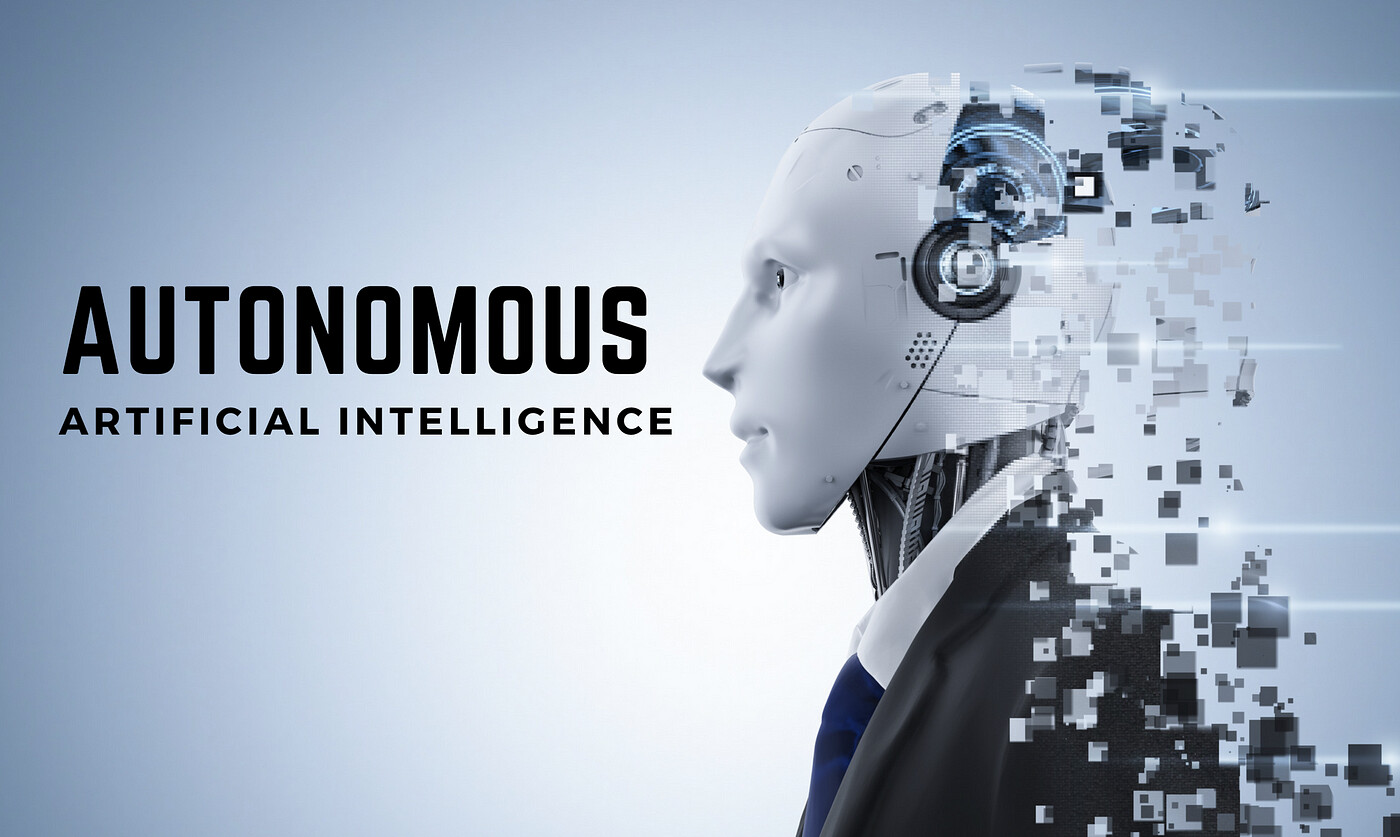Imagine a world where machines can chat with you like a friend, understanding not just your words, but your feelings too. This isn’t science fiction—it’s the reality of conversational agents powered by sentiment analysis. As a developer in this exciting field, you’re about to unlock the potential to create systems that don’t just respond but truly connect.
Conversational agents, or chatbots, are reshaping how we interact with technology. These digital assistants simulate human conversations, offering help with everything from customer service to personal tasks. But not all chatbots are created equal. Some follow rigid scripts, while others use artificial intelligence to adapt and learn.
At the heart of the most advanced conversational agents lies sentiment analysis. This technology allows chatbots to decode the emotions behind our words, transforming simple exchanges into meaningful interactions. For developers, this opens up possibilities to build systems that engage users on a whole new level.
We’ll explore the landscape of conversational agents, from basic chatbots to sophisticated virtual assistants. We’ll uncover how sentiment analysis acts as the secret ingredient, enabling these agents to pick up on subtle cues and respond with empathy. Most importantly, we’ll dive into practical ways developers can harness these technologies to create autonomous systems that truly understand and serve users.
Get ready to discover:
- The different types of conversational agents and their unique capabilities
- How sentiment analysis improves chatbot interactions
- Practical tips for integrating sentiment analysis into your conversational AI projects
- Real-world examples of sentiment-aware chatbots making a difference
- The future of self-running systems powered by emotionally intelligent AI
Whether you’re a seasoned AI developer or just starting your journey into conversational interfaces, this guide will equip you with the knowledge to build more intuitive, responsive, and human-like chatbots. Let’s explore the exciting world where conversation meets emotion in the realm of AI.
Types of Conversational Agents

Conversational agents have become increasingly sophisticated, offering a range of capabilities to enhance human-computer interaction. These agents can be broadly categorized into three main types: text-based chatbots, voice-based virtual agents, and embodied agents. Here is an exploration of each type and their unique applications.
Text-Based Chatbots
Text-based chatbots are the most common and widely used type of conversational agent. These digital assistants interact with users through written text, typically on websites, messaging apps, or social media platforms. For example, many e-commerce websites use chatbots to provide customer support, answer frequently asked questions, and guide users through the purchasing process.
A popular example is the H&M chatbot on Kik, which acts as a personal stylist, helping customers find clothing items that match their preferences. These chatbots can handle multiple conversations simultaneously, making them highly efficient for businesses looking to improve customer service.
Voice-Based Virtual Agents
Voice-based virtual agents, also known as voice assistants, interact with users through spoken language. These agents have gained popularity with the rise of smart speakers and virtual assistants on smartphones. Examples include Apple’s Siri, Amazon’s Alexa, and Google Assistant.
These agents can perform a wide range of tasks, from setting reminders and answering questions to controlling smart home devices. For instance, you can ask Alexa to play music, check the weather, or even order groceries, all through voice commands. The natural language processing capabilities of these agents continue to improve, making interactions feel more human-like and intuitive.
Embodied Agents
Embodied agents take conversational AI a step further by incorporating a visual representation or physical form. These can range from animated characters on a screen to humanoid robots. Embodied agents aim to create a more immersive and engaging interaction by simulating human-like behaviors and emotions.
An example of an embodied agent is Sophia, a humanoid robot developed by Hanson Robotics. Sophia can engage in conversations, recognize faces, and display a range of facial expressions. In educational settings, embodied agents like SAM (Socially Appropriate Mate) have been used to help children with autism develop social skills through interactive storytelling.
Each type of conversational agent offers unique benefits and applications across various industries. As AI technology continues to advance, we can expect these agents to become even more sophisticated, blurring the lines between human and machine interaction.
The Role of Sentiment Analysis
Sentiment analysis is transforming how chatbots and conversational agents interact with users. This technology decodes emotional undertones in text, allowing AI to respond with a level of empathy previously reserved for human interactions.
Imagine texting a customer service bot about a delayed package. Instead of a cold, automated response, you receive a message that genuinely acknowledges your frustration. That’s the power of sentiment analysis in action.
By understanding human emotion, these intelligent systems can tailor their responses to match the user’s mood. Are you excited about a new product? The bot can match your enthusiasm. Feeling confused about a service? It can offer patient, detailed explanations.
This emotional intelligence isn’t just a feature—it’s a game-changer for user satisfaction. When people feel understood, they’re more likely to have a positive experience, even when dealing with complex issues.
Real-World Impact
Let’s break this down with a simple example. Sarah contacts her bank’s chatbot about a mysterious charge on her account. The bot detects concern and urgency in her messages. Instead of rattling off policy, it immediately prioritizes her query and offers clear, reassuring steps to resolve the issue. Sarah leaves the interaction feeling heard and valued.
This level of personalization goes beyond just making customers happy. It can significantly boost a company’s bottom line. Research shows that customers who have positive emotional experiences are more likely to become loyal brand advocates.
The Technical Side
Behind the scenes, sentiment analysis relies on sophisticated natural language processing (NLP) algorithms. These systems are trained on vast datasets to recognize patterns in language that indicate various emotional states.
It’s not just about identifying positive or negative sentiment. Advanced systems can detect nuanced emotions like sarcasm, urgency, or confusion. This granular understanding allows for incredibly precise and contextually appropriate responses.
Sentiment analysis is the secret sauce that turns a robotic interaction into a genuinely helpful conversation.
As AI continues to evolve, we can expect sentiment analysis to become even more refined. Future systems might pick up on subtle cues like changes in typing speed or word choice to gauge a user’s emotional state with uncanny accuracy.
The implications extend far beyond customer service. From healthcare chatbots that can detect signs of depression to educational AI that adapts its teaching style based on a student’s frustration level, the possibilities are vast and exciting.
While sentiment analysis is a powerful tool, it’s important to remember that it’s meant to enhance, not replace, human interaction. The goal is to create a seamless experience where technology and human touch work in harmony to provide the best possible service.
As we navigate an increasingly digital world, the ability of our AI assistants to understand and respond to our emotions will be crucial. Sentiment analysis is paving the way for a future where our interactions with technology feel less like talking to a machine and more like conversing with an empathetic friend.
Developing Autonomous Agents

A humanoid robot representing advanced AI technology. – Via leoscale.co
Imagine a world where digital assistants don’t just respond to commands but proactively tackle complex tasks without constant human oversight. This is the rapidly evolving field of autonomous agents, powered by cutting-edge artificial intelligence.
Creating these AI-driven helpers involves two key technologies: machine learning and natural language processing (NLP). Machine learning allows agents to improve their performance over time, learning from data and experience. NLP enables them to understand and communicate in human language, making interactions feel natural and intuitive.
But what can these autonomous agents actually do? Picture a large e-commerce company struggling to keep up with customer service inquiries. They implement an autonomous agent to handle initial customer contacts. This agent can:
- Understand customer questions in multiple languages
- Access the company’s product database to provide accurate information
- Process simple returns and refunds without human intervention
- Identify complex issues and seamlessly hand them off to human staff
- Learn from each interaction to improve its responses over time
The result? Faster response times, 24/7 availability, and human customer service representatives freed up to handle more nuanced problems. This is just one example of how autonomous agents are transforming industries.
From healthcare to finance, manufacturing to transportation, the potential applications are vast. Autonomous agents can analyze medical scans, detect fraud in financial transactions, optimize supply chains, or even assist in piloting vehicles.
Developing truly effective autonomous agents isn’t without challenges. Ensuring reliability, maintaining privacy, and addressing ethical concerns are all crucial considerations. But as AI technology continues to advance, we can expect to see these digital assistants taking on increasingly sophisticated roles across all aspects of our lives and work.
The future of autonomous agents is bright, promising a world where AI doesn’t replace human intelligence but rather amplifies our capabilities in exciting and transformative ways.
Conclusion: Enhancing Conversational Agents with SmythOS
The landscape of conversational AI is evolving rapidly, bringing both exciting opportunities and complex challenges. The integration of sentiment analysis is a game-changer, enabling developers to craft conversational agents that are not just responsive but truly adaptive to user needs and emotions.
Enter SmythOS, a platform revolutionizing conversational AI development. With its versatile toolkit, SmythOS empowers creators to build and deploy sophisticated agents that navigate the nuances of human interaction with remarkable finesse. It’s not just about creating chatbots; it’s about fostering digital assistants that can think, learn, and grow.
SmythOS stands out with its holistic approach to agent development. The platform’s built-in monitoring capabilities act like a mission control center for your AI, offering real-time insights for swift optimization. This oversight ensures that your conversational agents are continually refined for peak performance.
Security is addressed head-on with SmythOS’s enterprise-grade controls. In a world where data privacy is paramount, this commitment to robust security measures provides peace of mind for developers and users alike. It’s not just about creating powerful AI; it’s about creating trustworthy AI.
SmythOS has cracked the code on scalability. As your conversational agents grow in complexity and user base, the platform’s infrastructure seamlessly adapts, ensuring smooth autonomous operations regardless of workload. This scalability is crucial in a field where success can mean exponential growth overnight.
Tools like SmythOS are not just facilitating progress—they’re accelerating it. The platform’s ability to streamline development, from concept to deployment, turns weeks of work into days or even hours. This efficiency isn’t just about saving time; it’s about unleashing creativity and innovation in the AI space.
For those looking to dive into the world of conversational AI or enhance their existing agents, SmythOS offers a compelling package. It’s not about replacing human ingenuity but amplifying it, providing a canvas where your ideas can come to life with unprecedented speed and sophistication.
The future of conversational agents is bright, and platforms like SmythOS are lighting the way. Whether you’re a seasoned AI developer or just starting your journey, the tools are here to help you create conversational experiences that are not just functional but truly transformative. The question isn’t whether to embrace this technology, but how quickly you can harness its power to shape the future of human-AI interaction.
